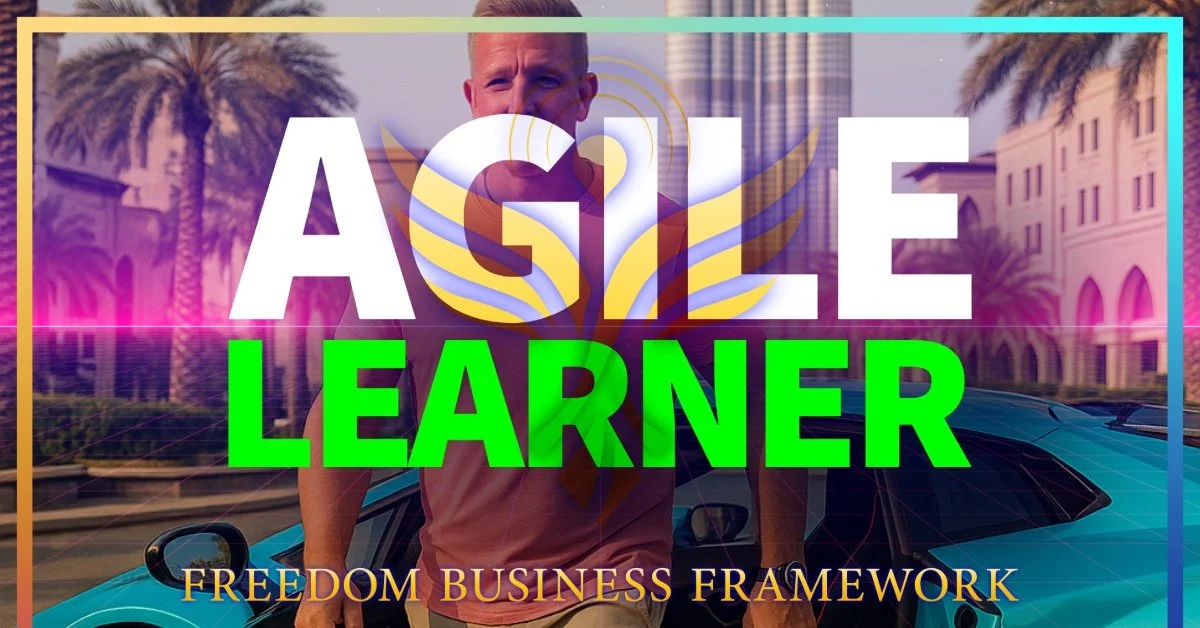Agile Learner
In a world that never stops changing, one of the most valuable abilities is the capacity to learn and adapt quickly. This is often called *learning agility* – essentially, how fast you can master new domains and apply that knowledge. Someone with high learning agility thrives when thrown into unfamiliar territory; they figure things out fast. Research by leadership experts found that this trait is the single strongest predictor of future leadership success – even more than IQ or technical expertise – yet only about 15% of people have high learning agility. That means agile learners are a hot commodity. Employers know that if you can learn on the fly, you can handle whatever comes next in a fast-evolving industry.
Master New Domains Fast. Think of the colleague who fearlessly dives into a new project in an area they’ve never worked before – and within a short time, they’re contributing as if they’ve been doing it for years. That’s learning agility in action. It’s like being dropped into a foreign country and rapidly picking up the language. People who excel at this have a few things in common: curiosity (they actively seek to understand new things), resourcefulness (they figure out where to get information or who to ask), and reflection (they learn from experience and feedback to improve). If you have strong learning agility, you don’t shy away from tasks just because you’ve never done them – you see them as opportunities to grow. For example, if your company adopts a new software and everyone else moans, the agile learner says, “I’ll tinker with it this weekend and see how it works.” Soon, they might even become the go-to person for that tool. In essence, you compress the learning curve. This ability to quickly get up to speed makes you incredibly versatile. You can wear multiple hats, shift into new roles, or tackle projects outside your original expertise. And that versatility is career gold.
Prove You Can Handle Whatever Comes Next. Employers often worry: can our people keep up as our business evolves? If you demonstrate learning agility, you put those fears to rest. You become known as someone who “just figures it out.” That reputation will put you first in line for exciting new initiatives. When a big change looms – say the company is pivoting to a new market or implementing a cutting-edge technology – your bosses know they can put you on the team and you’ll adapt quickly. It’s no surprise that in the World Economic Forum’s recent future-of-jobs analysis, skills like agility, flexibility, and lifelong learning were top priorities for development. Modern careers will likely involve multiple shifts – new tools, new strategies, even entirely new professions that don’t exist yet. Having the agility to continuously learn isn’t just a nice-to-have, it’s a must-have to stay relevant.
How can you showcase and improve this skill? First, adopt a mindset of constant learning. Embrace the unfamiliar: take on that project in a different department, volunteer to solve a problem no one has ownership of, sign up for courses or workshops. When interviewing or in performance reviews, share stories of how you picked up something new swiftly – maybe you taught yourself a programming language for a project or quickly adjusted to a regulatory change that impacted your work. Also, don’t be afraid to ask questions and seek mentors; agile learners leverage every resource. Finally, after each new experience, take a moment to reflect – what worked, what didn’t, what would you do differently next time? That reflection turns experience into improved skill. By cultivating learning agility, you essentially future-proof your career. Whatever disruption comes along, you’ll be ready to learn, adapt, and excel.

